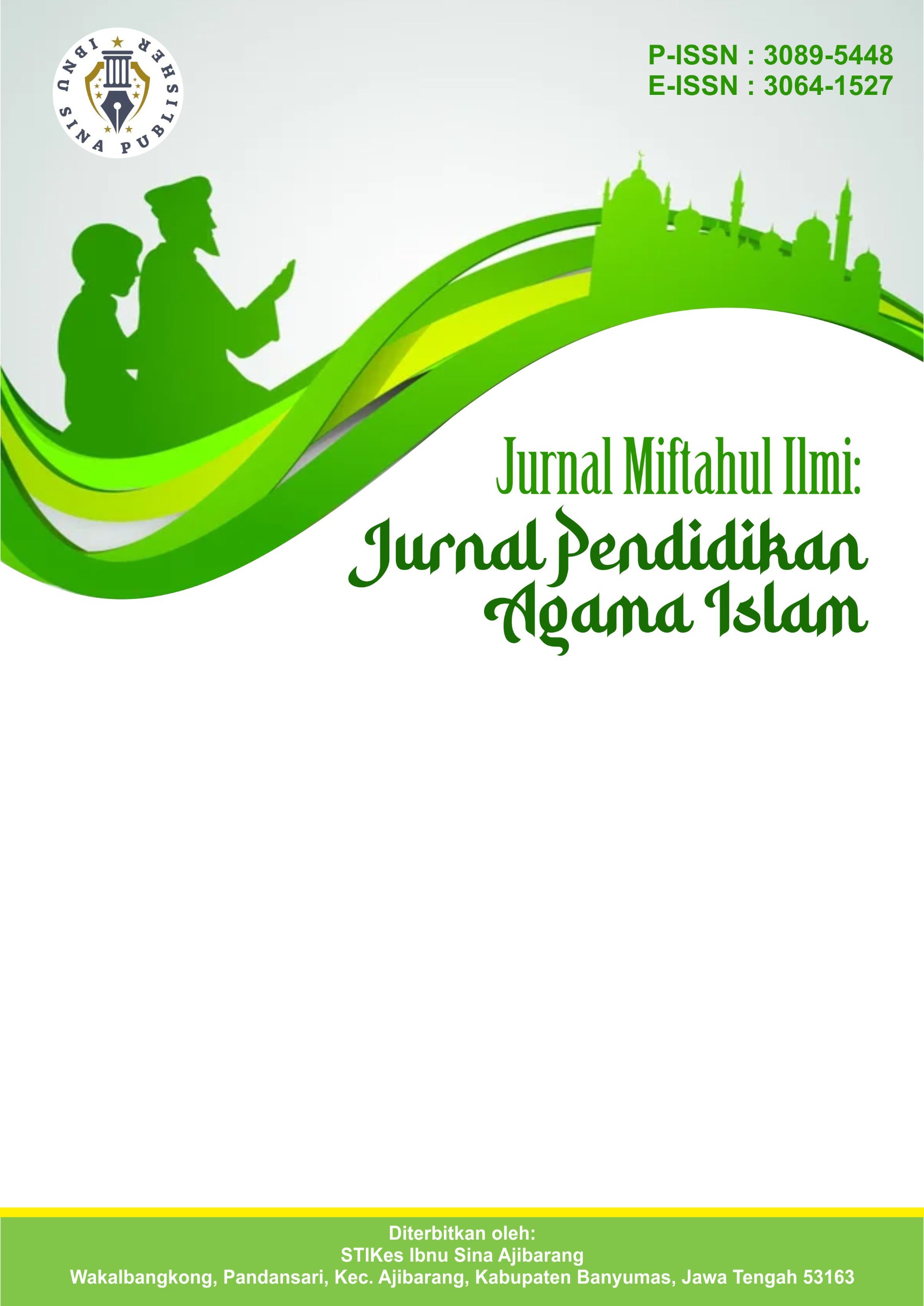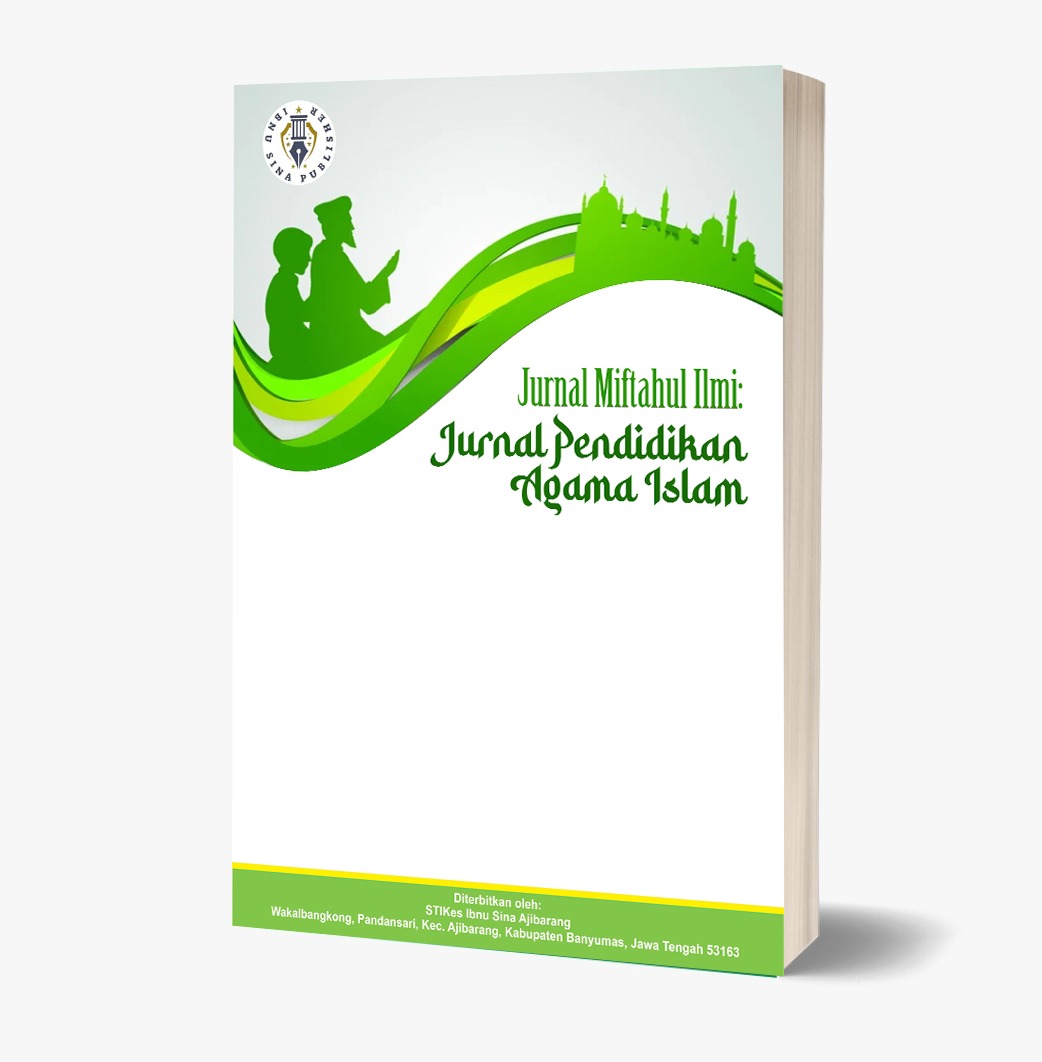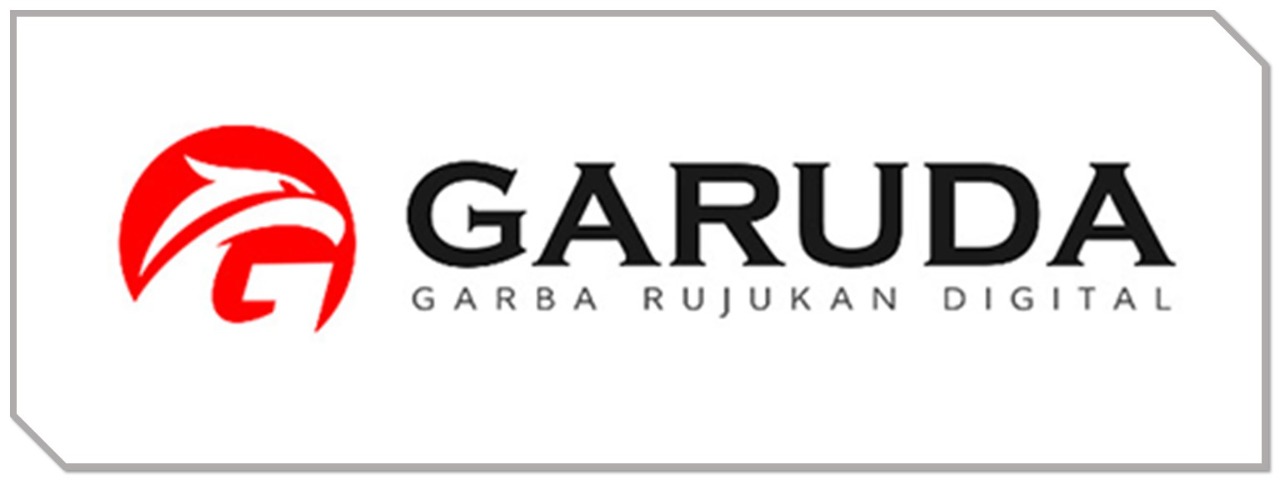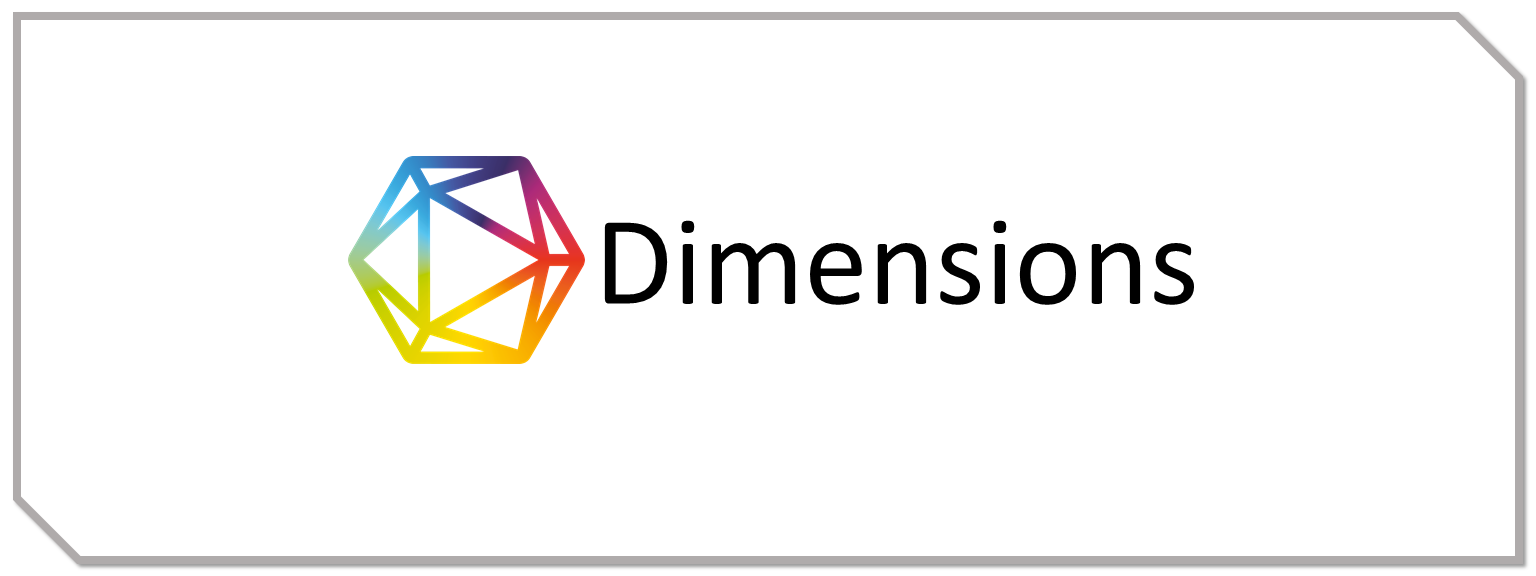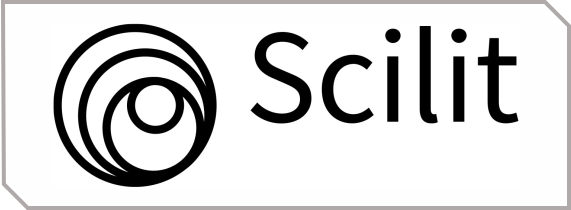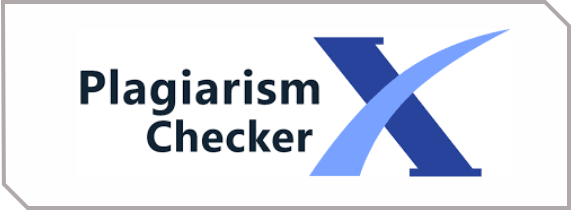Penerapan Model Project Based Learning untuk Meningkatkan Kreativitas Siswa dalam LKPD Mata Pelajaran Al-Qur’an Hadist Kelas 3 MI Mambaul Ulum Kaliacar
DOI:
https://doi.org/10.59841/miftahulilmi.v2i2.79Keywords:
Project Based Learning (PjBL), Students' Creativity, Student Worksheets (LKPD)Abstract
The aim of this study was to improve students' creativity in completing Student Worksheets (LKPD) through the implementation of the Project Based Learning (PjBL) model for third-grade students at Madrasah Ibtidaiyah Mambaul Ulum Kaliacar. The research method used was Classroom Action Research (CAR) based on the Kemmis and McTaggart model, consisting of two cycles. Each cycle included the stages of planning, action, observation, and reflection. Data collection techniques involved observation, interviews, questionnaires, and documentation, while data analysis was conducted using descriptive qualitative and quantitative methods. The results of the study showed that the implementation of PjBL significantly improved students' creativity in completing LKPD in the Al-Qur'an Hadist subject. This was evident from the increase in the average creativity score of students from 65% in the first cycle to 85% in the second cycle. In addition, the level of student engagement in the learning process rose from 70% to 85%, and student satisfaction with the implementation of PjBL reached 80%. The obstacles encountered in this study included limited time and differences in students' initial abilities, but these challenges could be overcome with intensive guidance from the teacher. Thus, the implementation of Project Based Learning (PjBL) proved effective in enhancing students' creativity and learning motivation. It is recommended that teachers further optimize their roles as facilitators and consider students' characteristics to achieve more optimal results.
References
Ahmar, H., Hamdiah, H., Prastawa Budi, P., Mardiana Ahmad, M., Ahmad Mushawwir, A., & Zul Khaidir, Z. (2020). Penerapan model pembelajaran problem based learning: Literature review. Jurnal Keperawatan Muhammadiyah, 10–17.
Ariyani, B., & Kristin, F. (2021). Model pembelajaran problem based learning untuk meningkatkan hasil belajar IPS siswa SD. Jurnal Ilmiah Pendidikan dan Pembelajaran, 5(3), 353. https://doi.org/10.23887/jipp.v5i3.36230
Farias, R. L. S., Ramos, R. O., & da Silva, L. A. (2009). Model dan metode. Computer Physics Communications, 180.
Haryanto, D. P. (2007). Inovasi pembelajaran. Perspektif Ilmu Pendidikan, 16(VIII), 102–119.
Khaironi, M. (2017). Pendidikan karakter anak usia dini. Jurnal Golden Age, 1(2), 82.
Khaulani, F., Neviyarni, S., & Irdamurni, I. (2020). Fase dan tugas perkembangan anak sekolah dasar. Jurnal Ilmiah Pendidikan Dasar, 7(1), 51.
Kurniati, K. N., & Watini, S. (2022). Implementasi metode bernyanyi asyik dalam meningkatkan semangat belajar anak di Raudhatul Athfal Al Islam Petalabumi. Aksara: Jurnal Ilmu Pendidikan Nonformal, 8(3), 1873.
Kusuma, A. W. (2018). Meningkatkan kerjasama siswa dengan metode jigsaw. Konselor, 7(1), 26–30.
Machali, I. (2022). Bagaimana melakukan penelitian tindakan kelas bagi guru? Indonesian Journal of Action Research, 1(2), 315–327.
Muhaemin, B. (2013). Urgensi motivasi dalam meningkatkan semangat belajar siswa. Adabiyah, 13(1), 47–54.
Nurhidayah, I. J., Wibowo, F. C., & Astra, I. M. (2021). Project based learning (PjBL) learning model in science learning: Literature review. Journal of Physics: Conference Series, 2019(1), 3–9.
Prihantoro, A., & Hidayat, F. (2019). Melakukan penelitian tindakan kelas. Ulumuddin: Jurnal Ilmu-Ilmu Keislaman, 9(1), 49–60.
Sari, R. T., & Angreni, S. (2018). Penerapan model pembelajaran project based learning (PjBL): Upaya peningkatan kreativitas mahasiswa. Jurnal VARIDIKA, 30(1), 79–83.
Shalikhah, N. D., dkk. (2017). Media pembelajaran interaktif Lectora Inspire sebagai inovasi pembelajaran. Warta LPM, 20(1), 9–16.
Zhou, Y., & Wang. (2020). Jurnal Pendidikan Biologi dan Sains, 21(1), 1–9.

